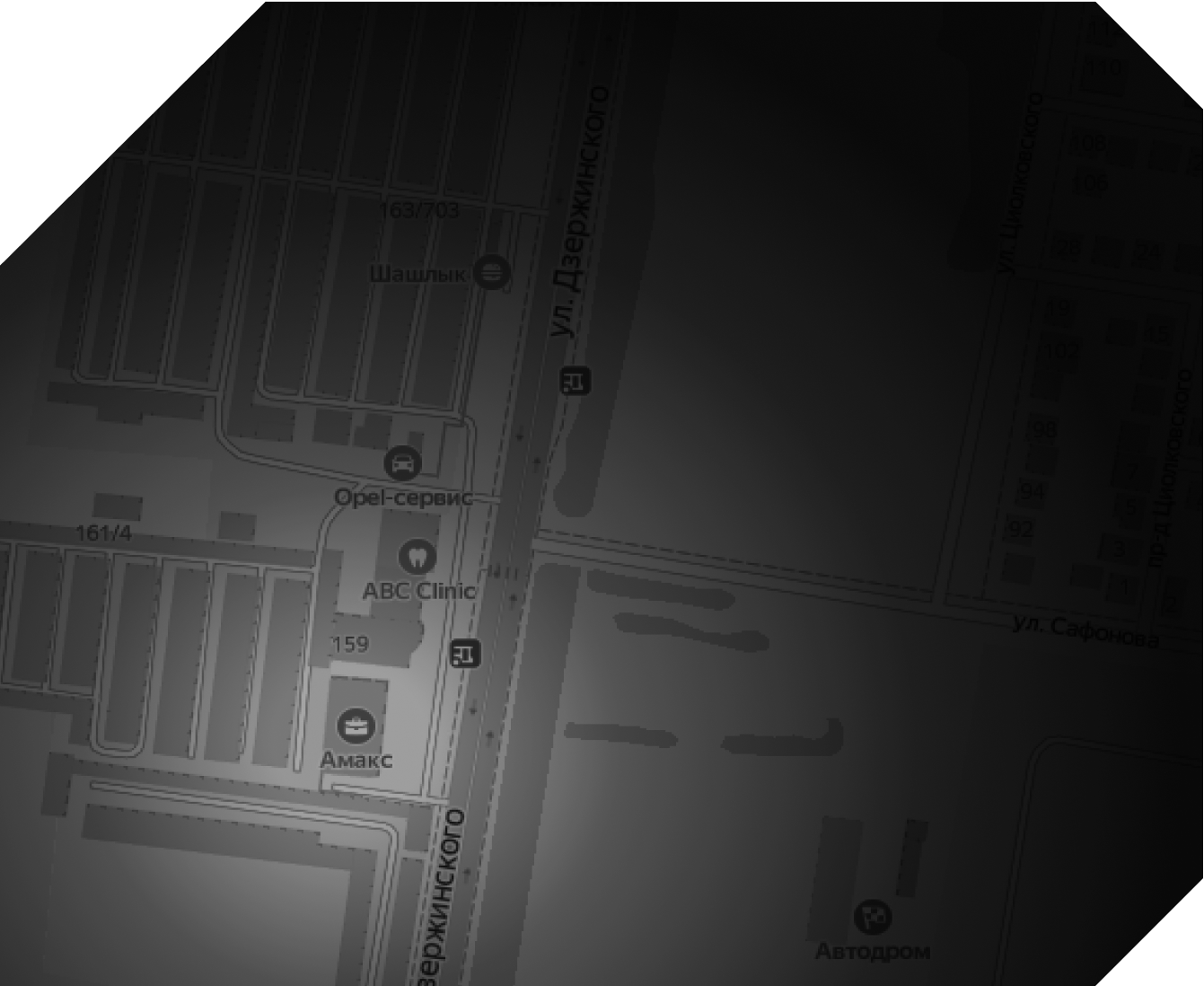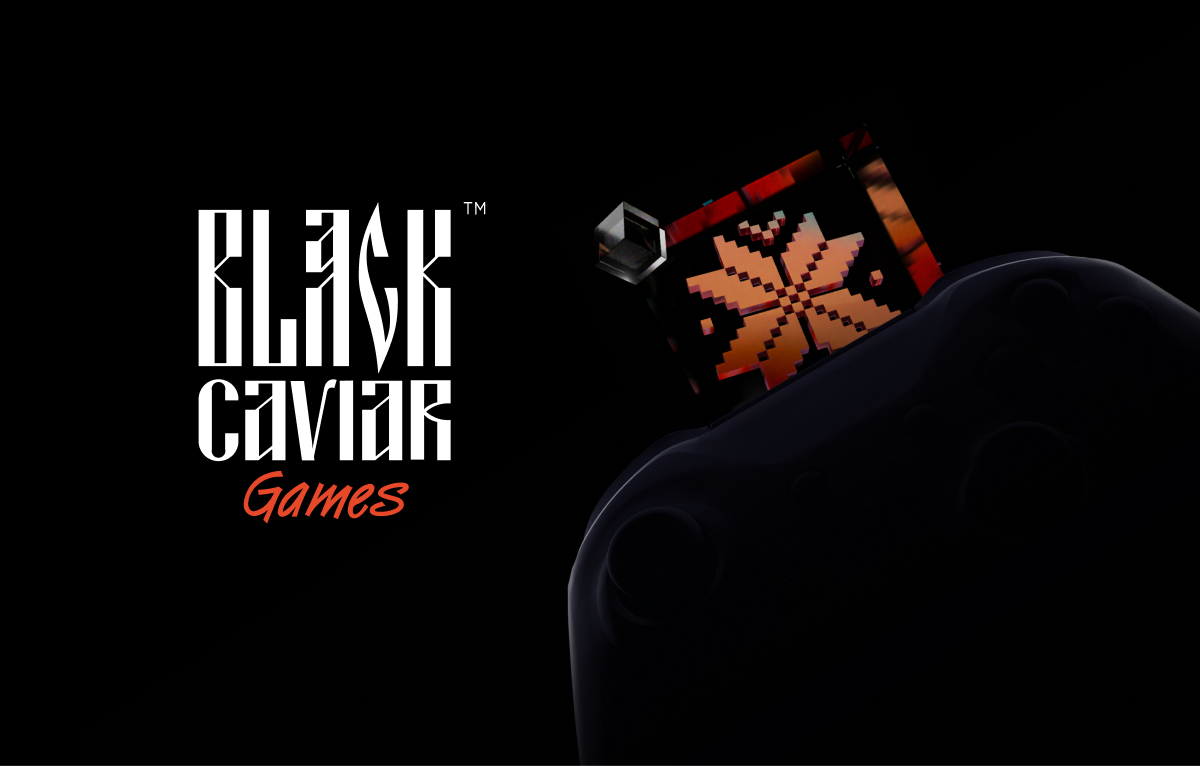

06.04.2021
Eight directing tricks which useful for staging cutscenes
Games are a young form of art that has not yet had time to acquire its own narrative language. The most daring game designers act blindly and experiment with its presentation. The vast majority of such projects fail miserably. Occasionally, they succeed like Disco Elysium or Journey. The more cautious developers adopt and use the work of writers, playwrights, and filmmakers.
Popular narrative methods are through environments, gameplay, and in-game videos. The latter (also called cutscenes) require the most technical skills and resources. Modern AAA games even have their director. He alternates angles, plans, and other ways to work with the visual space to evoke the right emotions in the player. In this article, we'll tell you what techniques developers use to make a cutscene.
Popular narrative methods are through environments, gameplay, and in-game videos. The latter (also called cutscenes) require the most technical skills and resources. Modern AAA games even have their director. He alternates angles, plans, and other ways to work with the visual space to evoke the right emotions in the player. In this article, we'll tell you what techniques developers use to make a cutscene.
1. Voice-over or text.
A lazy but effective method. It is needed to quickly throw exposition at the player.
Skyrim by Bethesda
Voice-over saves time for teasers and trailers. These in-game videos are usually edited Michael Bay-style: lots of "meat", explosions, and special effects. No more than 3-5 seconds are allocated for each angle to have time to show as much content as possible. There is no place for a thoughtful selection of shots that include the whole story. The main thing in such videos is the rich visuals.
Call of Duty: Black Ops Cold War trailer.
Also, the voice-over is actively used in classic RPGs, where the high volume of text is a feature of the genre.
Most cutscenes in Divinity: Original Sin 2 contain nothing but text.
A voice-over voices a character's thoughts, reveals true motives, or dilutes dark cutscenes with sarcastic jokes. One variation of this technique is a narrator telling the story of past events.
For example, in Stanley Parable or Immortals Fenyx Rising, the narrators are practically full-fledged characters. Their lines change depending on the player's behavior, confusing and giving the story a postmodern twist.
For example, in Stanley Parable or Immortals Fenyx Rising, the narrators are practically full-fledged characters. Their lines change depending on the player's behavior, confusing and giving the story a postmodern twist.
Immortals Fenyx Rising is a story told by Zeus and Prometheus, constantly interrupting each other.
2. Black and white (or vintage) processing.
The classic black-and-white or retro gamut refers to events of yesteryear. It can be either stylization of the game as a whole or individual faded frames. The second option used if you need to hint at a flashback urgently:
Flashbacks in BioShock
A more curious option is a colorless palette with unexpectedly bright elements that accentuate the player's attention. This method is used in The Saboteur game. There are only three colors in the captured territories: black, white, and blood-red.
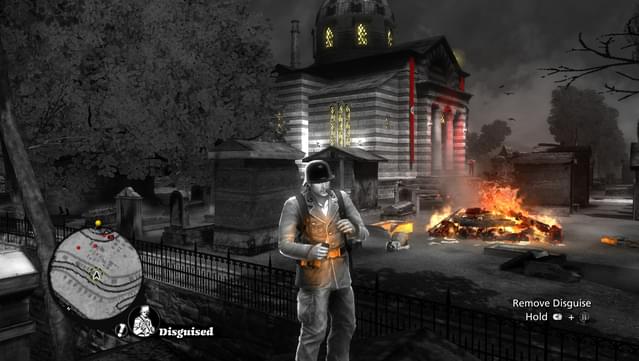
If you free the area - it is again filled with bright light colors.

3. First Person View.
Allows you to see and feel the world as the protagonist does. Cyberpunk 2077 is a great illustration of this technique.
The right angle of the cutscene combined with NPC animation erases the line between the player and the character and dives the player even deeper into Night City.
The first-person view in the video enhances the effect of presence and makes you feel in the character's body, and that's exactly what you need for games. In movies, this technique is less common.
4. Close-up.
A versatile technique. In some cutscenes, it conveys the state of the object or character. In others, it introduces the characters. And sometimes a video with a close-up generates tons of fanservice.

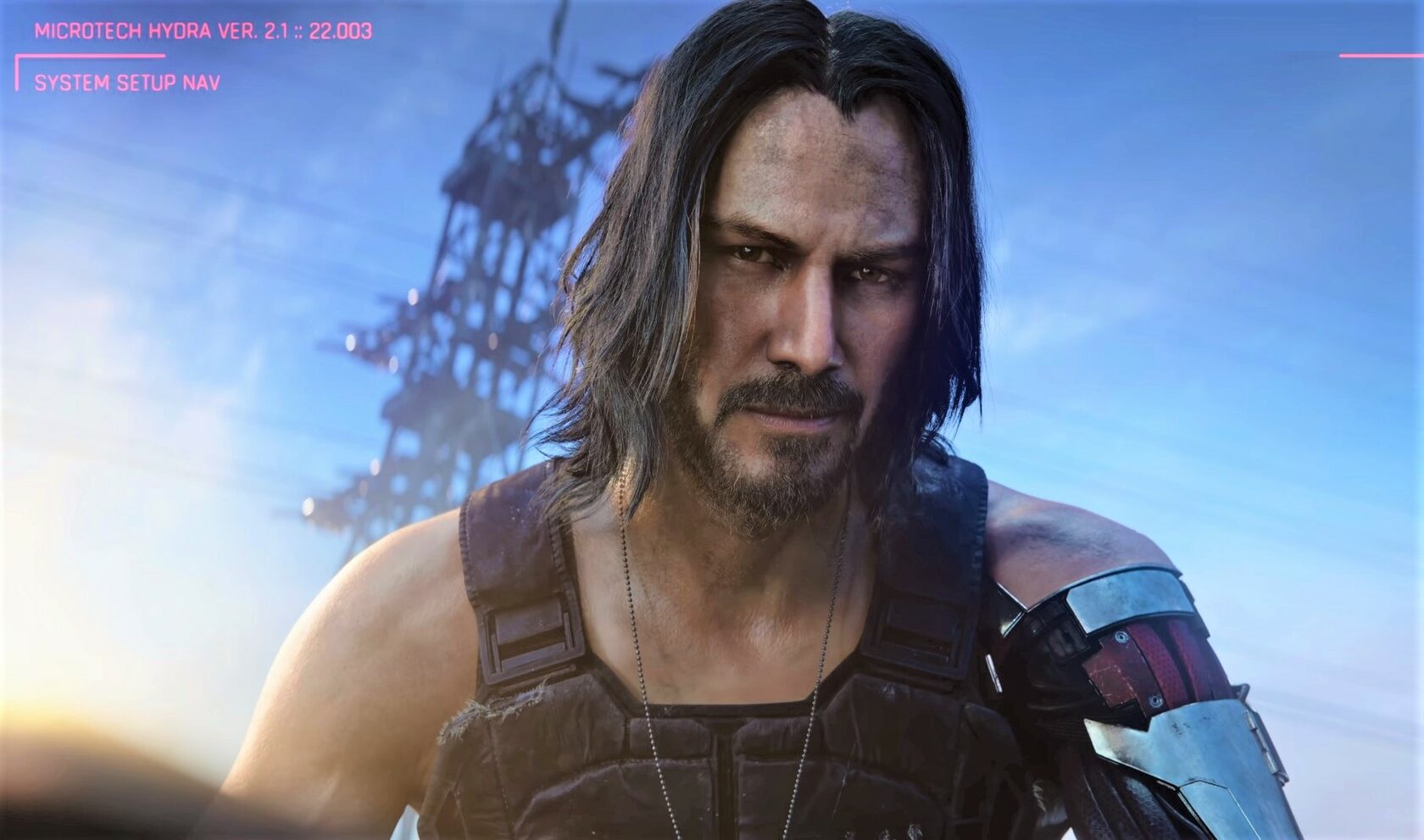
In excessive amounts, it aggressively invades personal space and causes discomfort. Such cutscenes pull the player out of the real world and make him feel threatened.

This is often used by authors of horror games when setting up screamers.

5. Breaking the fourth wall.
The character from the cutscene suddenly looks into the camera, interacts with the player, and knows that his whole life is a game. Deadpool is a canonical example of this kind of narrative.
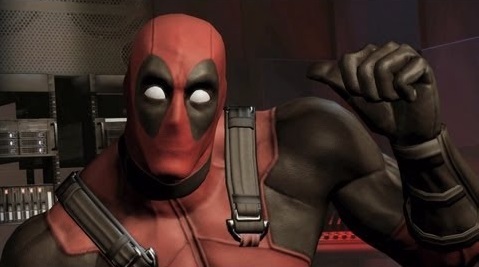
There are plenty of variations. Sometimes the breakdown is almost imperceptible and expressed with just one look at the camera.
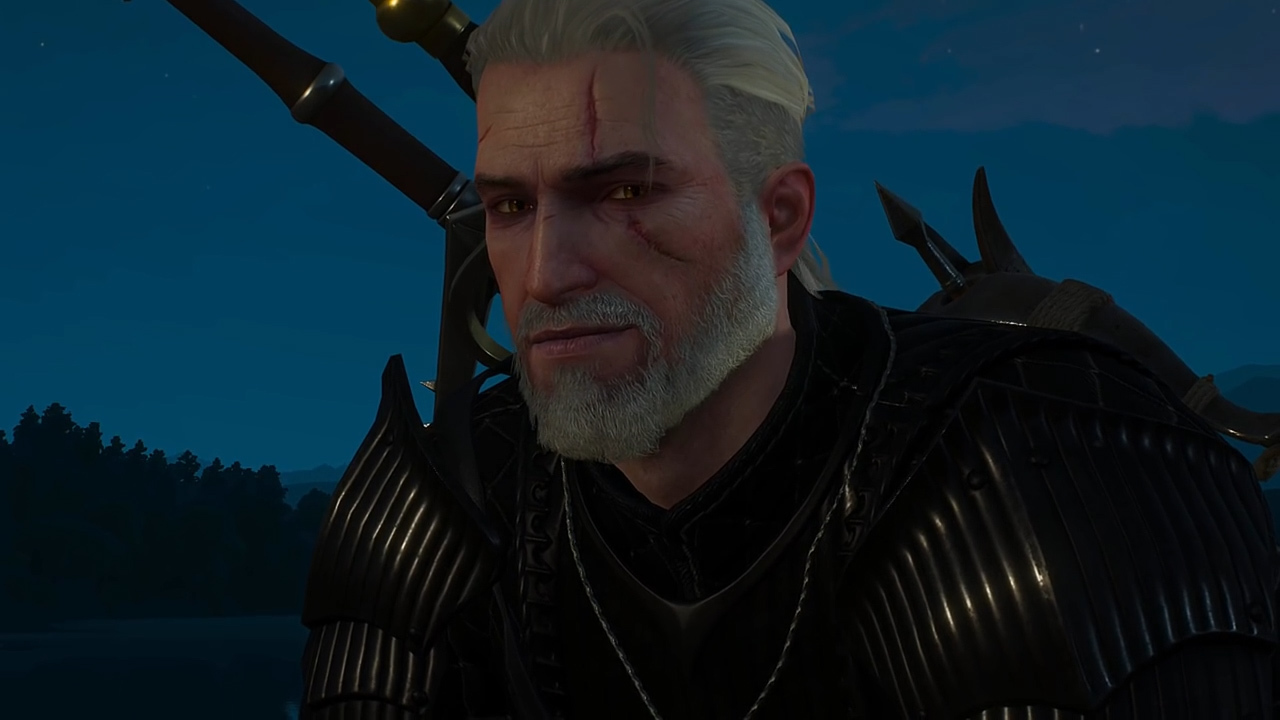
Sometimes it's a direct mockery of the player. Some cutscenes will scare even the most hardcore gamer. See for yourself!
Batman: Arkham Asylum
And sometimes things go beyond the in-game videos. So SCP - Containment Breach is paused with a loud sound and the caption "Stop hiding," and Doki Doki Literature Club... just a cute visual novel. Nothing wrong with it.
6. Rule of Thirds.
The rule of thirds is a classic visual art technique: video, design, painting, etc. It is used in any kind of visual art.

As a simplified version of the golden ratio, it is often used when working with video. It is actively used in the construction of the composition to direct the player's eye to the right area and avoid unnecessary clutter of details. The technique works everywhere: in cutscenes, game cameras, and even UI/UX.
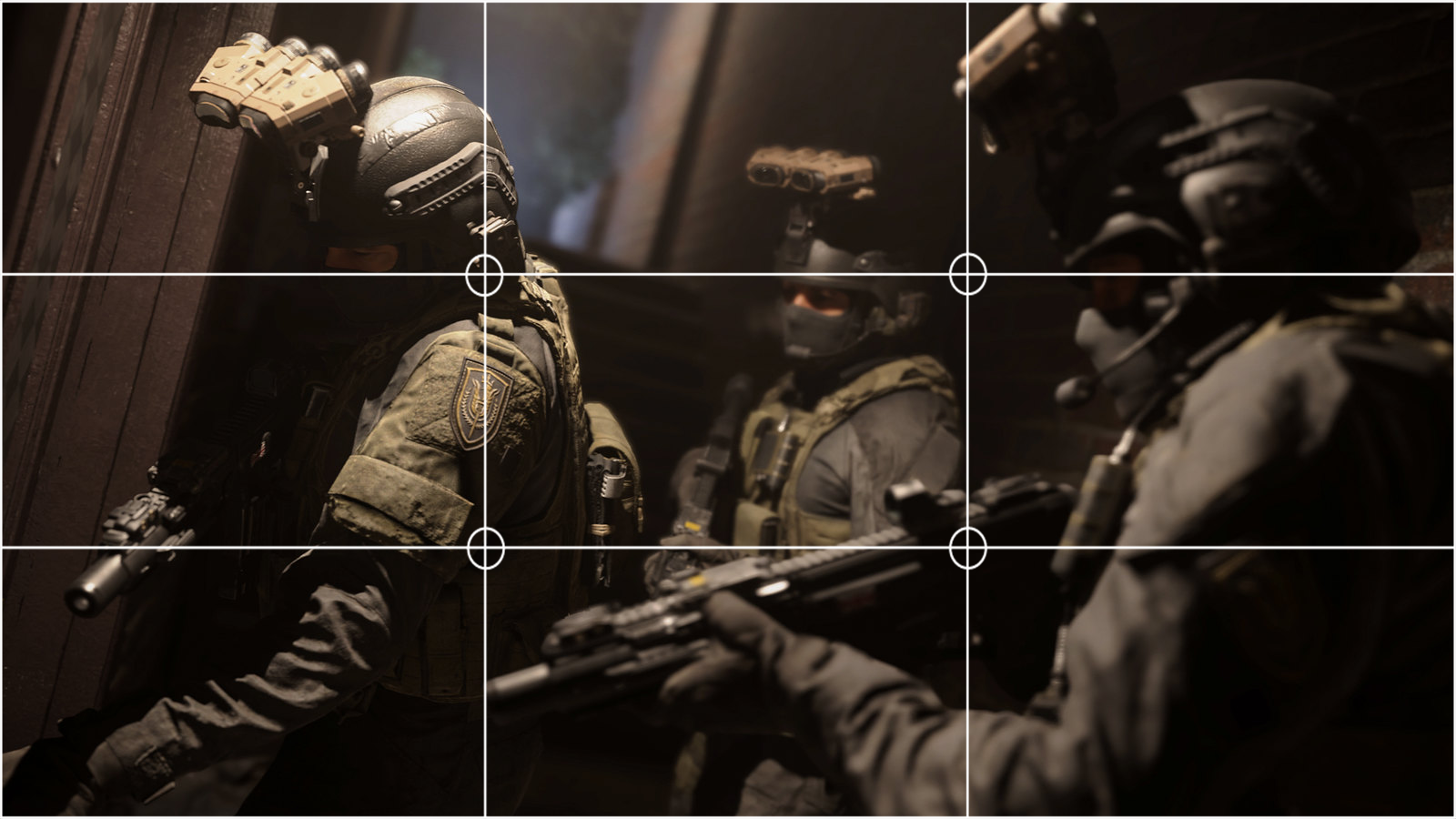


7. Dutch angle.
Professionally obscured horizon conveys a nervous, anxious, or intoxicated state of the characters. Use this technique in your game to enhance the effect of presence, amuse the player and add a challenge for fans of complex tasks.
Alcohol in Kingdom Come is more than a wagering element.
It is appropriate for the game camera in general and cutscenes in particular.
8. Detailed Plan.
A favorite technique of Christopher Nolan and the best way to convey the importance of an object.
In Spider-Man for PS 4, the opening cutscene consists of filming a long detailed plan almost entirely. Just a couple of minutes in, and we already know who our main character is, what environment he lives in, and what is important to him.
Another popular use is to fly the in-game camera through the entire location. It usually ends at a trap, a chest with a fancy loot, or just the door to the final boss.
It doesn't matter whether you're playing AAA games on PC or modest crafts in Unity on Android. These techniques are useful for games with any budget! The main thing is to know how to use them properly.
It doesn't matter whether you're playing AAA games on PC or modest crafts in Unity on Android. These techniques are useful for games with any budget! The main thing is to know how to use them properly.









